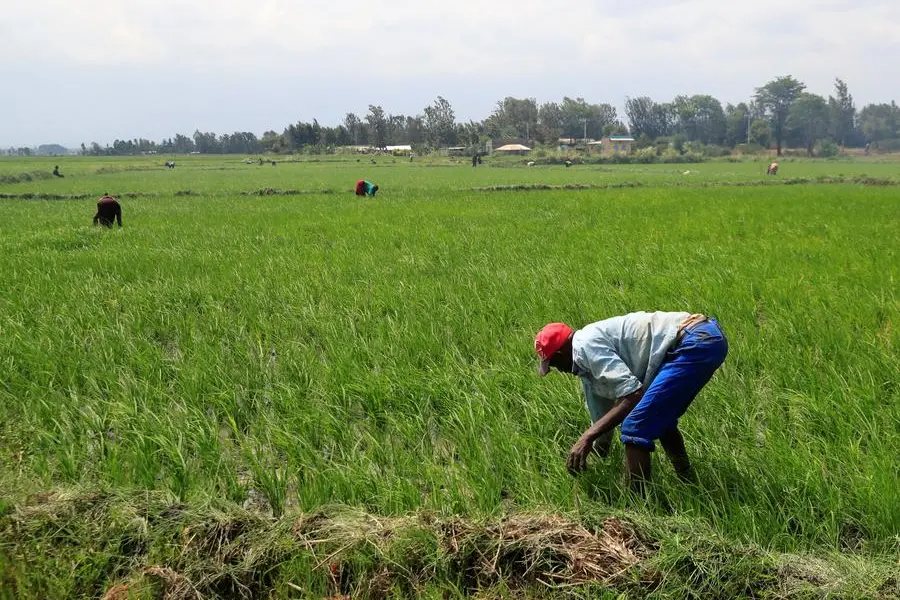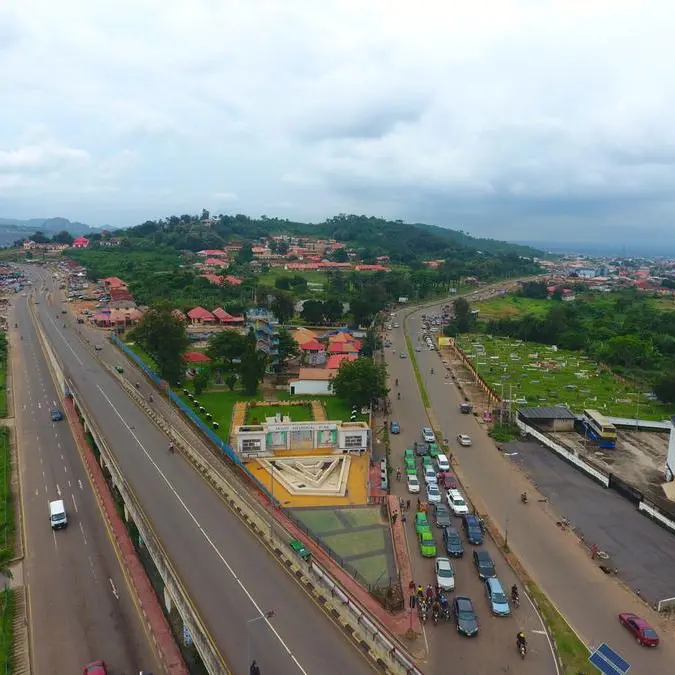PHOTO
Despite frequent promises to develop agriculture and promote farmers’ interests in Africa, the share of credit going to the sector remains small, mostly owing to factors outside of it.
For one, lenders have found it profitable to focus on other areas, and authorities across the continent have been tinkering with interest rate controls without success, making it expensive for farmers to borrow. Whereas some commercial banks maintain agricultural credit portfolios, somehow these funds are diverted to other competing areas, sources say.
Although talk on introduction of interest rate control often includes promises of lower lending rates, widening spreads noticed between official interest rates in Kenya in 2016 and actual rates charged in the agricultural sector triggered higher credit costs on account of heavy default risks associated with farming.
Faced with a combination of limited government funding and severe climate change consequences, the share of agricultural credit, weighed against local credit portfolios, has averaged less than 20 per cent in various African economies since 2015, data shows.
Read: Climate change laying healthy African land to waste“There is an issue of banks lending to the agricultural sector, but filing their returns differently,” said Kwesi Korboe, an agricultural finance specialist based in Ghana.“For example, in Ghana, a bank may lend money to Unilever (a local producer) for tomato processing but the loan is classified as a manufacturing sector credit facility. Banks also have problems with assessing project finance dynamics, including input elements for farmers such as the number of seeds, fertiliser and tools needed in the field,” Korboe said at the African Rural and Agricultural Credit Association forum held in Kampala last week.
The overall credit portfolio accumulated by Ghana’s banking industry stood at cedis 77.1 billion ($4.9 billion) by the end of December 2023 while total loan disbursements to the agricultural sector amounted to cedis 3.02 billion ($193 million), equivalent to a 3.2 per cent of the loan book according to data published by ARD Apex Bank of Ghana Limited.
But Ghana is not unique. In Kenya, high interest rates coupled with the risk of lending to weather-dependent farmers means it is not cheap to borrow to farm. Kenya began interest rate controls in 2016 but has since tinkered with the policy to allow banks a free hand but guided by the Central Bank Rate.
Agricultural sector loans issued by Uganda’s credit providers were valued at $262 million between 2016 and 2021, an outcome mainly driven by the growing uptake of agricultural insurance covers by local farmers. The total value of agricultural sector loans stood at $526 million between 2021 and 2023, data compiled by the local agricultural insurance consortium shows.
Yet there are problems. Officials complain of poor documentation by farmers, even when the lenders may be willing to give loans. That raises risk of lending, or just discourages lenders from sending money to dark alleys.
© Copyright 2022 Nation Media Group. All Rights Reserved. Provided by SyndiGate Media Inc. (Syndigate.info).























